I’ve been busy this month travelling to two different workshops creating new prints.
At the moment, I am working on a reduction lino cut which I started last month which depicts the former Stockport college buildings which are currently being demolished to make way for a new development of housing, a civic building and green spaces.

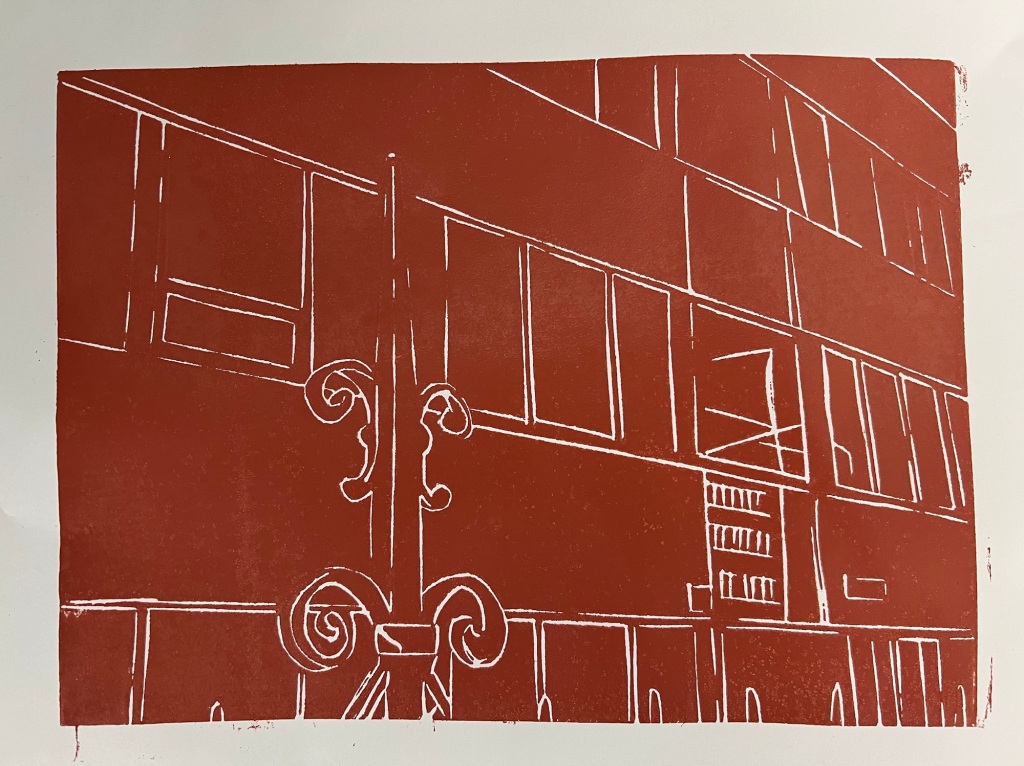

I visited the college site on Sunday afternoon and saw the aftermath of the first stage of the demolition. I believe the Greek Street building (second photo) is being saved and will be a hub for local businesses.



A few weeks ago, I attended a Japanese woodcut workshop at Green Door printmaking studios in Derby.

The 1-day workshop covered the process of taking a sketch or photo and producing a block print from a small sheet of bamboo.
I’ve not covered woodcut printing before so was surprised by the results. To prep the wood printing block, you first sand the surface of the wood with wet and dry and then paint the wood with blue watered-down acrylic paint.
A piece of yellow carbon paper was place on top of the wood block and you trace your pencil drawing on top of that to leave an impression on the surface of the wood to allow you to carve your image. With special woodcutting tools, you then cut using a blade cutter to cut across the grain where needed and then use one of the wide cutting tools to remove the areas of wood block you want staying light.
The wood block is then inked with oil based ink. Sumi paper is used as it’s thin and suitable for woodcut printing.






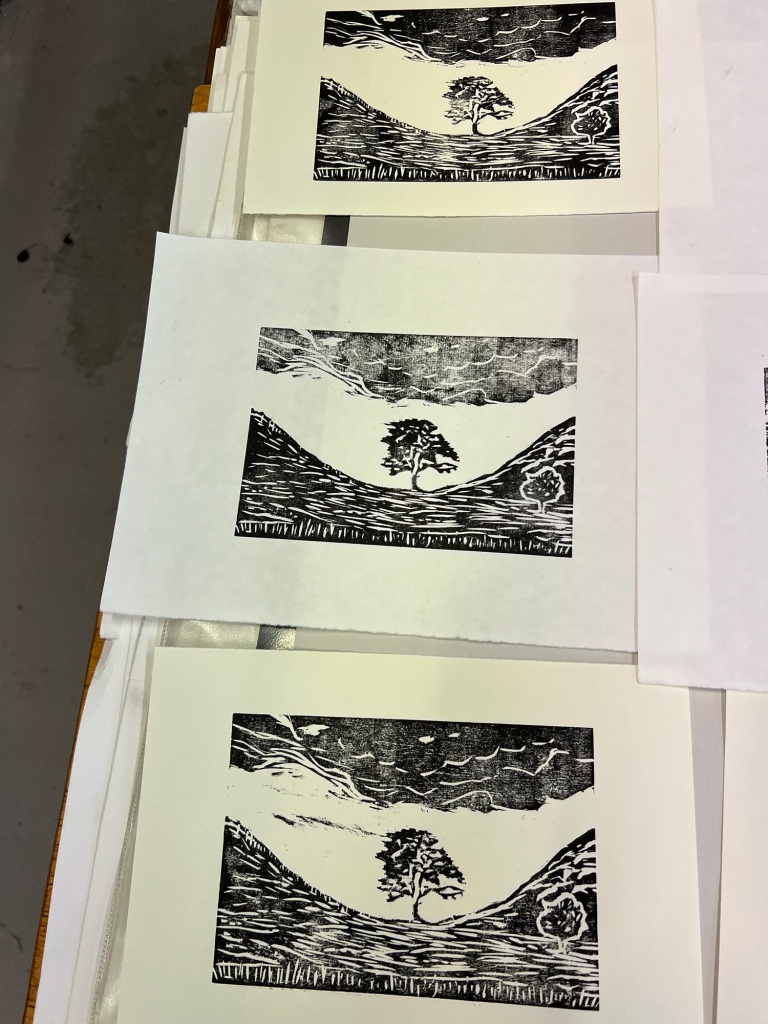

To transfer the image to paper, you can use either a barren, spoon or the side of your hands to apply pressure. I used a combination of these tools. I also used a book press which did an excellent job. I will definitely have to explore woodcut again. My inspiration for today’s print was the much missed Sycamore Gap.

Shopping List: Lino cutting tools
https://www.lawrence.co.uk/pfeil-lino-tool.html
Future plans for prints and history walks
I plan to enter my work in the Derby Open 2024. I’m also planning another photo walk around town which will probably be north of the Mersey.
Further details will be published in the coming months.





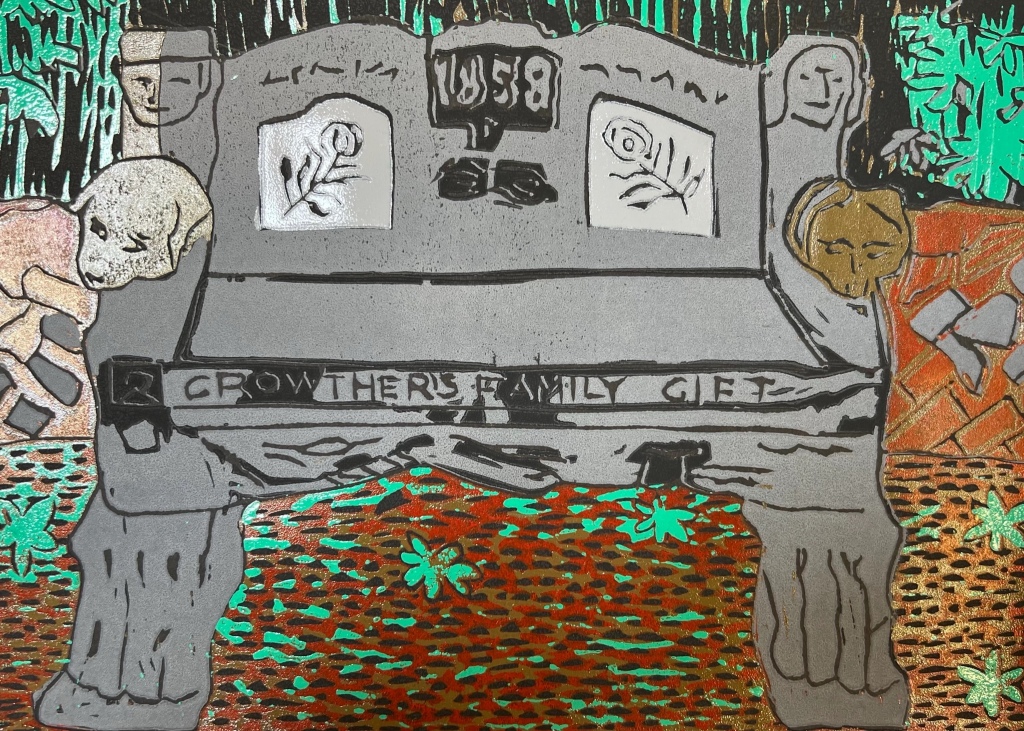

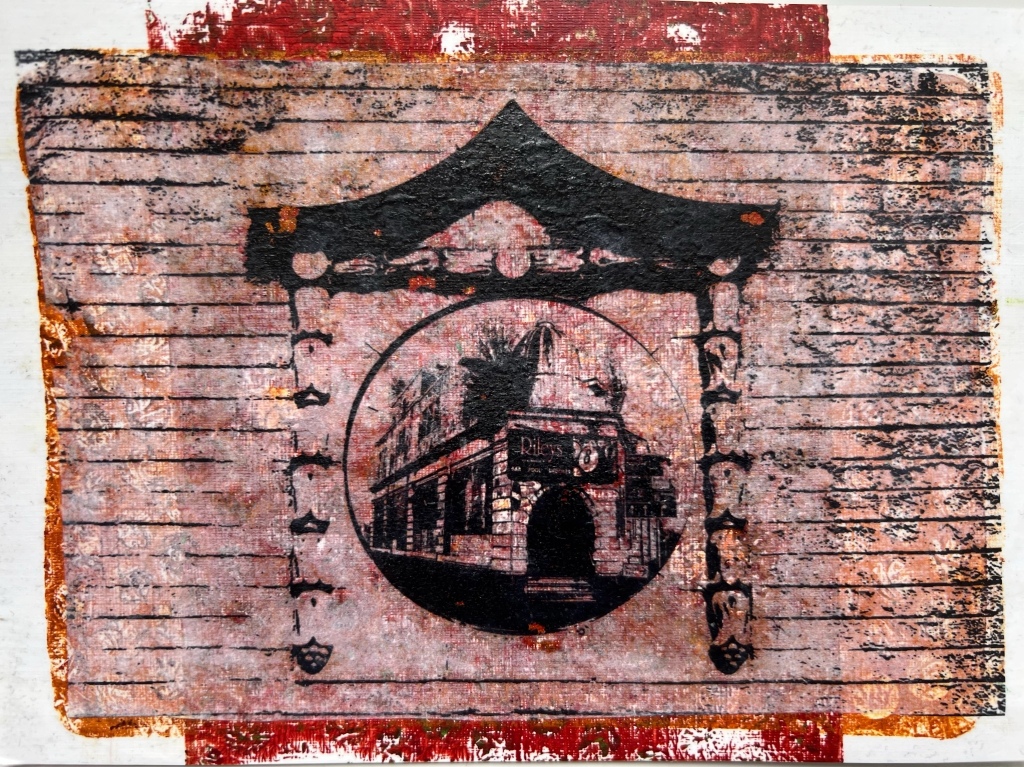




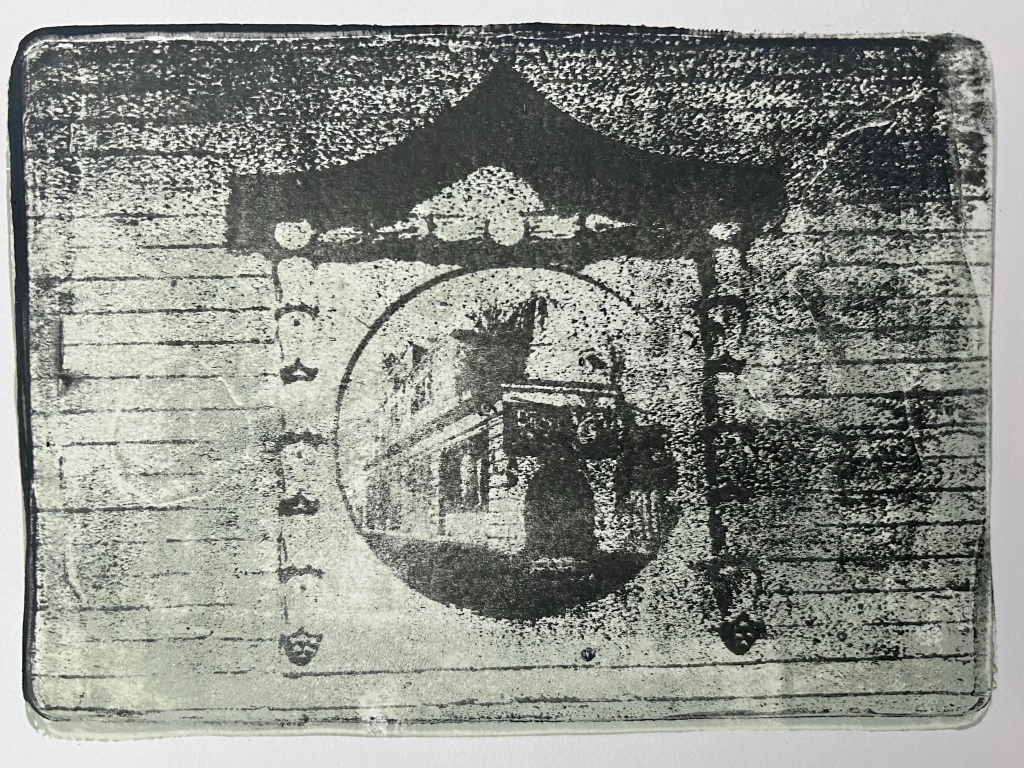
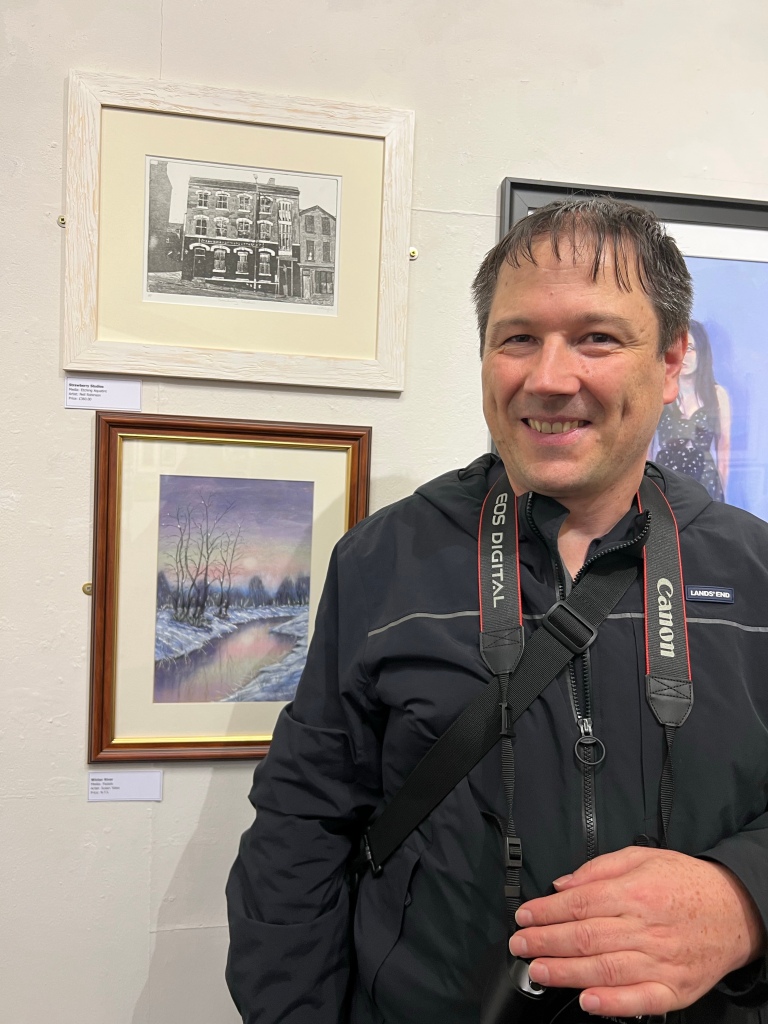
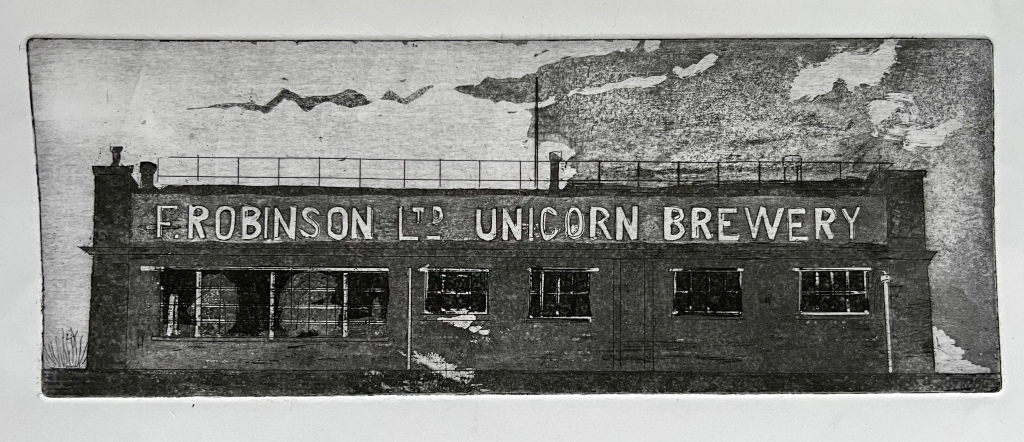


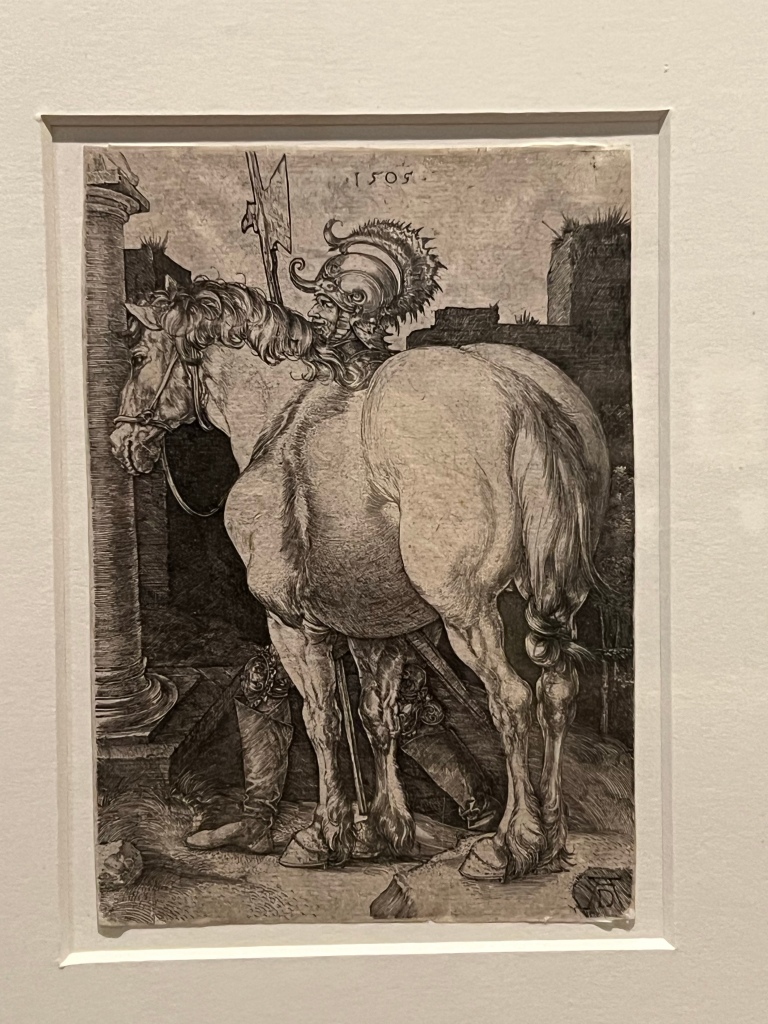



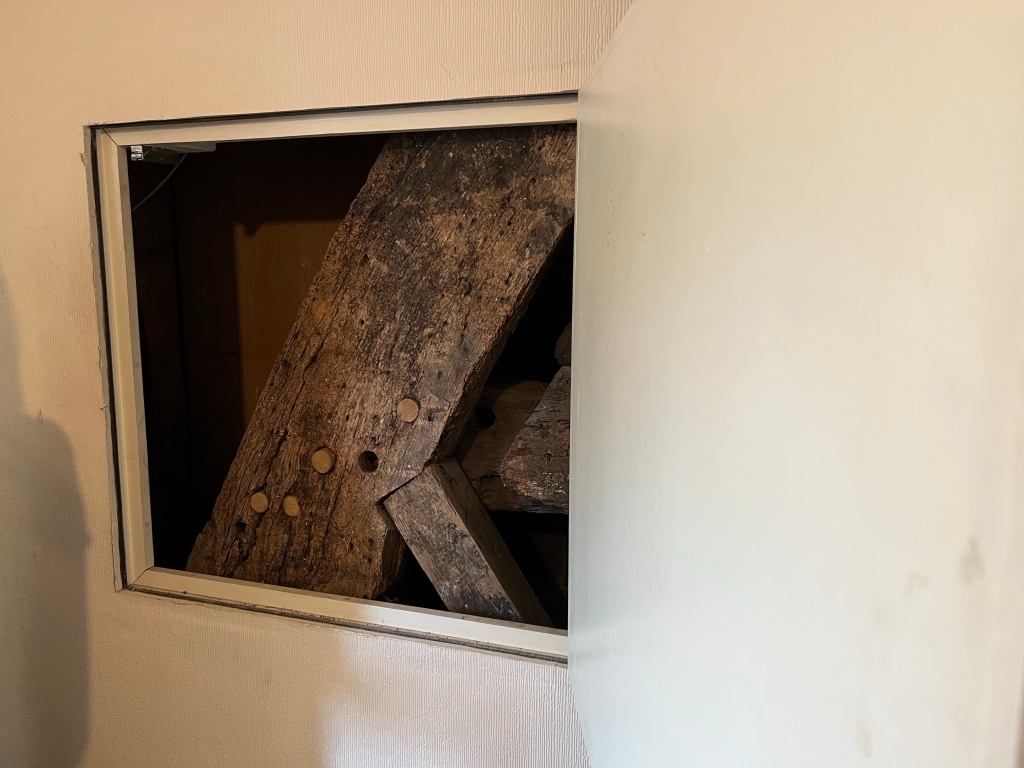





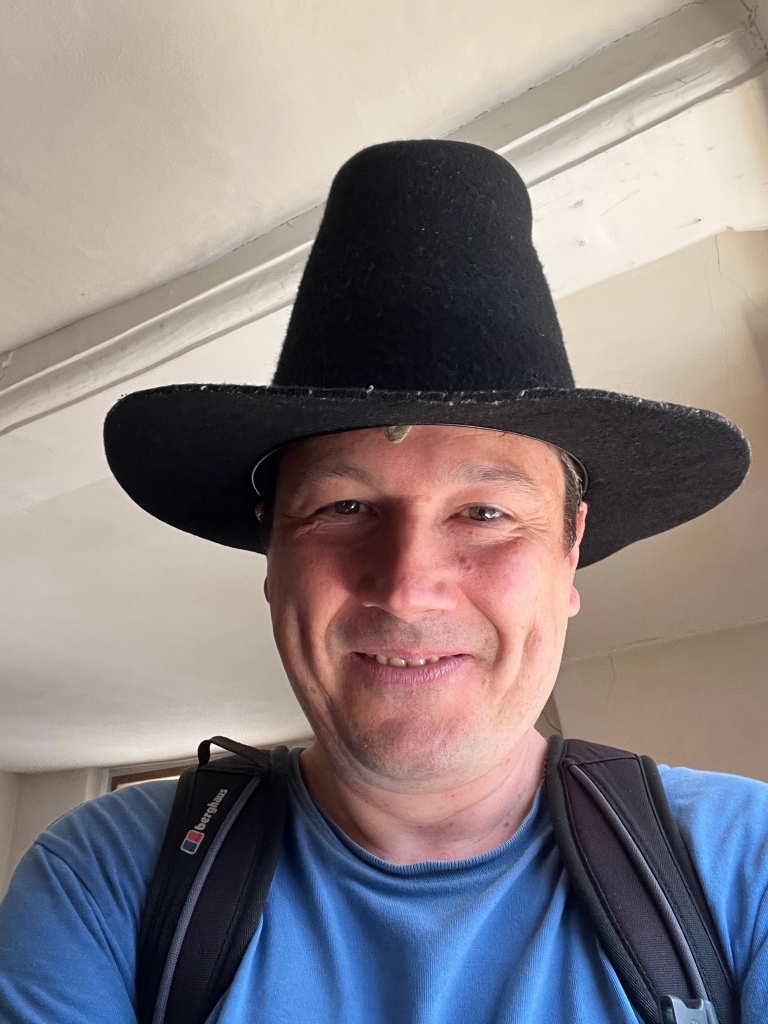
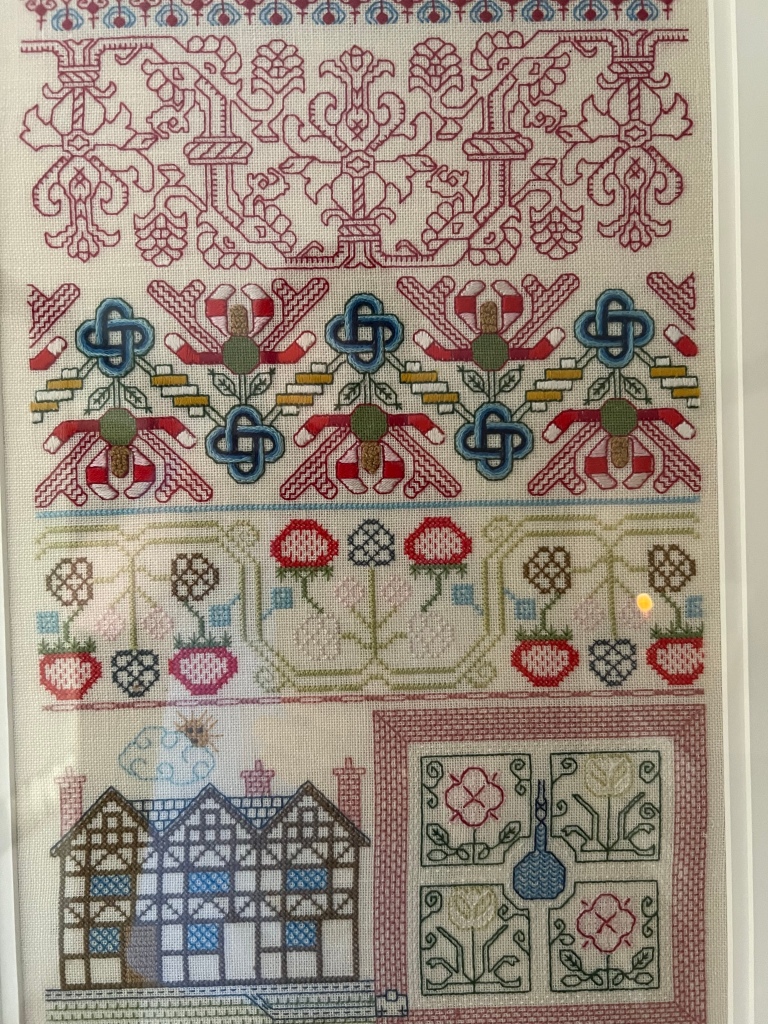


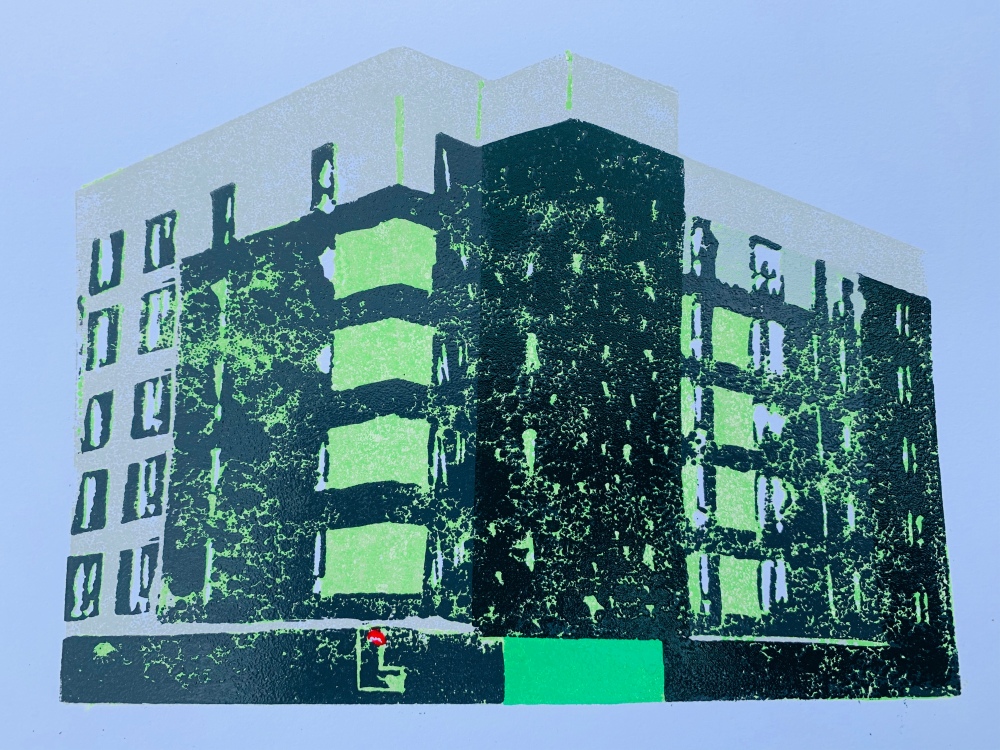

You must be logged in to post a comment.